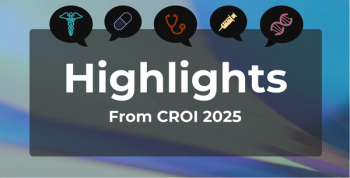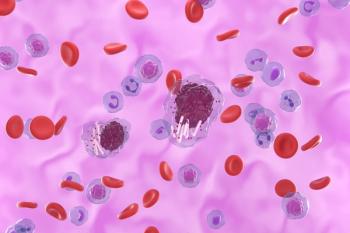
Researchers Estimate PrEP Needed in the US Across Multiple Subgroups
Key Takeaways
- A model estimates PrEP need, aiding targeted resource allocation for vulnerable populations and supporting the US's goal to reduce HIV infections by 90%.
- The study uses a 1% HIV incidence threshold to evaluate models, calculating the number needed to treat (NNT) for different subgroups.
A model that can estimate the need for pre-exposure prophylaxis (PrEP) in the US can help to clarify use patterns to address HIV in local settings.
The use of pre-exposure prophylaxis (PrEP) for prevention of
PrEP is a key component in the US’s goal of ending the HIV epidemic, with an initiative to
The number of individuals who need a health intervention to benefit from PrEP over time is a method of estimating the need for PrEP, with the number needed to treat (NNT) derived from clinical trials or other studies. Different types of PrEP will have different NNT calculations due to the frequency of the dosing and effectiveness being different in different types. When using 1% as the baseline HIV incidence and 90% effectiveness of PrEP with high adherence, the NNT would be 112, using the incidence rates of HIV in those who did and did not use PrEP. People who inject drugs (PWID) would require a NNT of 143 assuming 70% effectiveness of PrEP.
Improving upon the calculation of population need for PrEP (PPN), the researchers divided MSM into different subgroups that would correspond to different levels of annual incidence, either high at 1% or very high at 2%. The NNT for the very high subgroup would be 56 given a 90% efficacy of PrEP. There were no data to further elaborate on heterosexual men and women and for PWID, leaving their PPN unchanged.
With these numbers, the researchers calculated the total number of additional individuals who needed to be on PrEP using a formula that included multiplying the NNT of PWID, MSM, heterosexual women, and heterosexual men by total PWID, MSM, women, and men by the proportion of new HIV infections in that subgroup. This came out to 1,888,130 individuals who were in subgroups of annual incidence of HIV of 1% or higher who needed to receive PrEP in 2022. Added to the number of individuals who had a prescription for PrEP in 2021, this amounts to a PPN of 2,254,489.
There were some limitations to this study. The researchers admitted to having difficulty estimating the incidence of HIV in the US, especially in the different subgroups. All calculations assumed high adherence, which is not always the case in those who are taking PrEP. This number does not account for individual need in favor of generalized estimations. Overestimation also is possible if incidence is lower than what the researchers initially estimated.
The researchers concluded that this number could act as an estimate of PrEP need in the US, which could help in targeting certain subgroups of vulnerable individuals and establish manufacturing needs across the nation.
“This method could be further modified using different thresholds for HIV incidence to define PrEP ‘need,’” the authors wrote. “It could also be further refined for specific population groups and jurisdictions, based on additional information of PrEP use patterns as well as parameters of the HIV epidemic locally.”
References
1. Kourtis AP, Wiener J, Zhu W, et al. Estimating the population need for preexposure prophylaxis for HIV in the United States. Ann Epidemiol. 2025;106:48-54. doi:10.1016/j.annepidem.2025.04.017
2. EHE overview. HIV.gov. Updated March 20, 2025. Accessed June 24, 2025.
3. CDC publishes new HIV surveillance reports. CDC. May 21, 2024. Accessed June 24, 2025.
Newsletter
Stay ahead of policy, cost, and value—subscribe to AJMC for expert insights at the intersection of clinical care and health economics.









































